Country
Crash of a Cessna 441 Conquest II in Climax: 2 killed
Date & Time:
Nov 9, 2015 at 1016 LT
Registration:
N164GP
Survivors:
No
Schedule:
Lakeland - Cairo
MSN:
441-0164
YOM:
1980
Crew on board:
1
Crew fatalities:
Pax on board:
1
Pax fatalities:
Other fatalities:
Total fatalities:
2
Captain / Total hours on type:
150.00
Aircraft flight hours:
18422
Circumstances:
The purpose of the flight was for the commercial pilot/owner to pick up passengers at the destination airport and return to the departure airport. The airplane was 33 miles from its destination in cruise flight at 3,300 ft mean sea level (msl) and above a solid cloud layer when the pilot declared to air traffic control (ATC) that he had the destination airport "in sight" and cancelled his instrument flight rules (IFR) clearance. During the 13 minutes after cancellation of the IFR clearance, the airplane's radar track made an erratic sequence of left, right, and 360° turns that moved the airplane away from the destination airport in a westerly direction. The altitudes varied between about 4,000 and 900 ft msl. Later, the pilot reestablished communication with ATC, reported he had lost visual contact with the airport, and requested an instrument approach to the destination airport. The controller then provided a sequence of heading and altitude assignments to vector the airplane onto the approach, but the pilot did not maintain these assignments, and the controller provided several corrections. The pilot expressed his inability to identify the initial approach fix (IAF) and asked the controller for the correct spelling. The radar target then climbed and subsequently entered a descending right turn at 2,500 ft msl and 180 knots ground speed near the IAF, before radar contact with the airplane was lost. Although a review of airplane maintenance records revealed that the airplane was overdue for several required inspections, examination of the wreckage revealed signatures consistent with both engines being at high power at impact, and no evidence of any preimpact mechanical anomalies were found that would have precluded normal operation. Examination of the airplane's panel-mounted GPS, which the pilot was using to navigate the flight, revealed that the navigation and obstruction databases were expired. During a weather briefing before the flight, the pilot was warned of low ceilings and visibility. The weather conditions reported near the destination airport about the time of the accident also included low ceilings and visibilities. The restricted visibility conditions and the high likelihood of inadvertent entry into instrument meteorological conditions were conducive to the development of spatial disorientation. The flight's erratic track, which included altitude and directional changes inconsistent with progress toward the airport, were likely the result of spatial disorientation. After reestablishing contact with ATC and being cleared to conduct an instrument approach to the destination, the airplane's flight track indicated that the pilot was not adequately prepared to execute the controller's instructions. The pilot's subsequent loss of control was likely the result of spatial disorientation due to his increased workload and operational distractions associated with his attempts to configure his navigation radios or reference charts. Postaccident toxicological testing of samples obtained from the pilot revealed the presence of ethanol; however, it could not be determined what percentage was ingested or produced postmortem. The testing also revealed the presence of amphetamine, an opioid painkiller, two sedating antihistamines, and marijuana. Although blood level quantification of these medications and drugs could not be made from the samples provided, their combined effects would have directly impacted the pilot's decision-making and ability to fly the airplane, even if each individual substance was only present in small amounts. Based in the reported weather conditions at the time the pilot reported the airport in sight and canceled his IFR clearance, he likely was not in a position to have seen the destination airport even though he may have been flying between cloud layers or may have momentarily observed the ground. His decision to cancel his IFR clearance so far from the destination, in an area characterized by widespread low ceilings and reduced visibility, increased the pilot's exposure to the hazards those conditions posed to the successful completion of his flight. The pilot showed other lapses in judgment associated with conducting this flight at the operational, aircraft, and the personal level. For example, 1) the pilot did not appear to recognize the significance of widespread low ceilings and visibility along his route of flight and at his destination (nor did he file an alternate airport even though conditions warranted); 2) the accident airplane was being operated beyond mandatory inspection intervals; and 3) toxicological testing showed the pilot had taken a combination of multiple medications and drugs that would have likely been impairing and contraindicated for the safe operation of an airplane. The pilot's decision-making was likely affected by the medications and drugs.
Probable cause:
The pilot's loss of airplane control due to spatial disorientation. Also causal to the accident was the pilot's impairment by the combined effects of multiple medications and drugs.
Final Report:
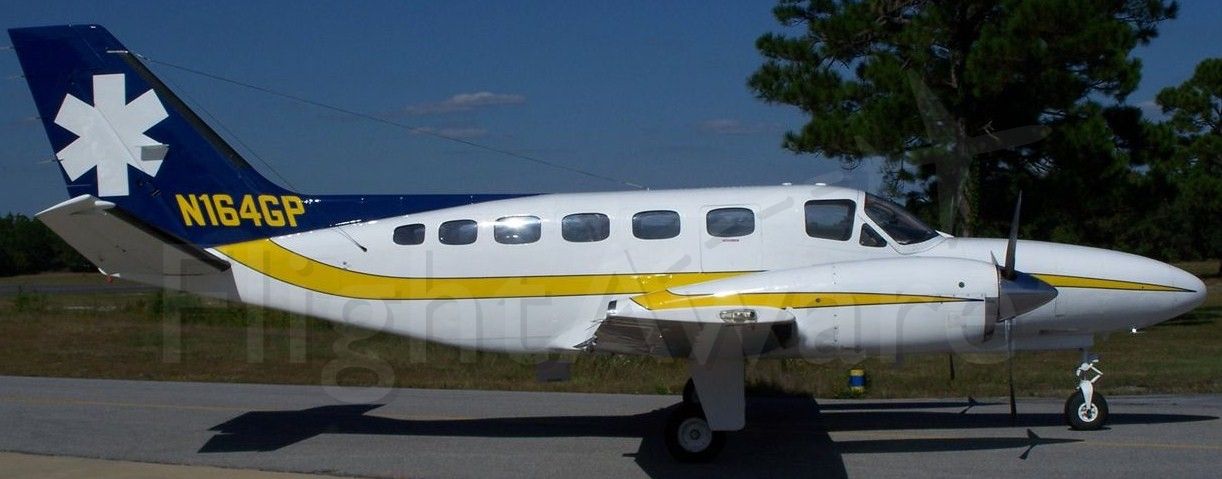
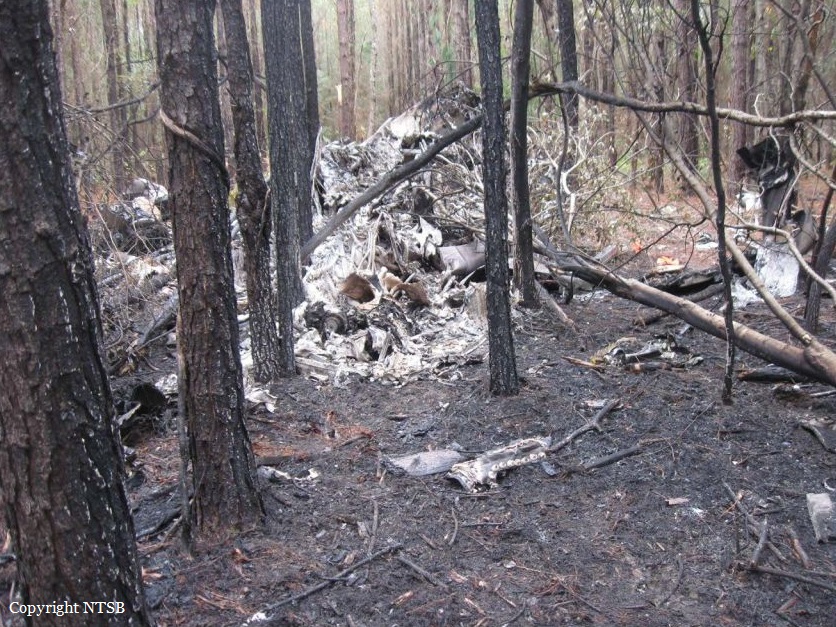
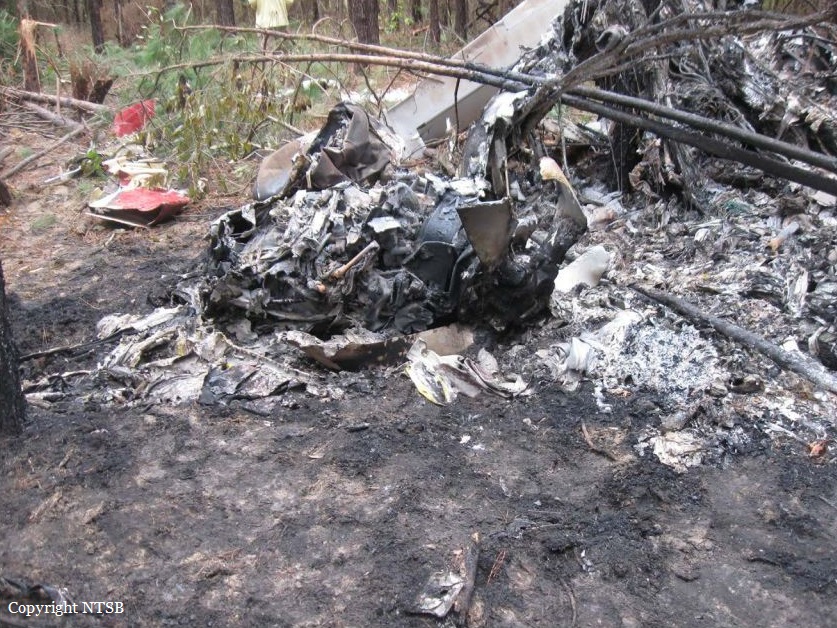
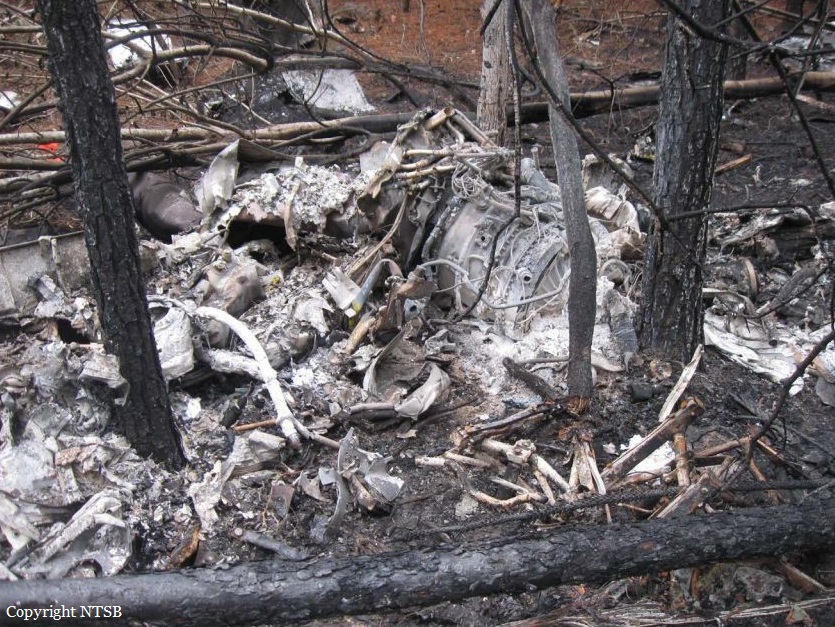
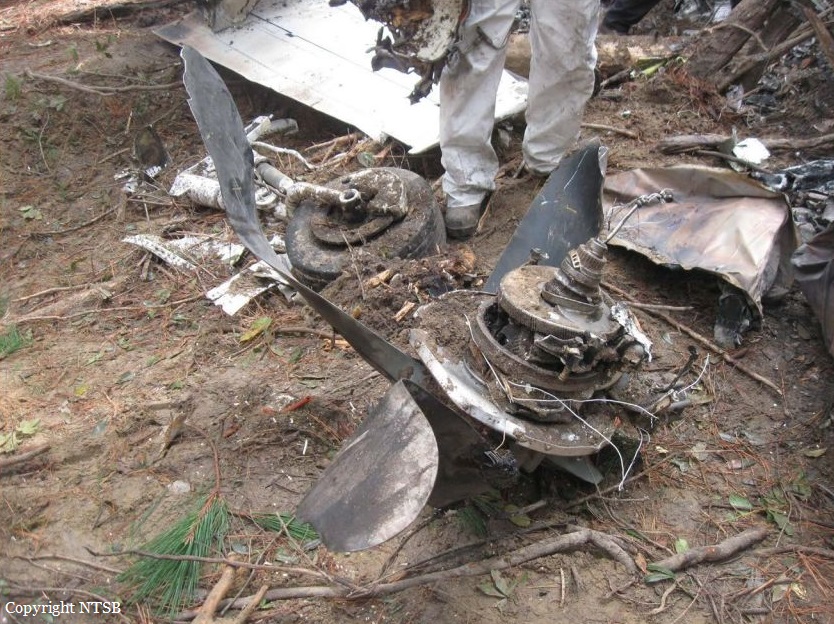
Crash of a Cessna 441 Conquest II in Cape Town: 5 killed
Date & Time:
Aug 16, 2015 at 0629 LT
Registration:
V5-NRS
Survivors:
No
Schedule:
Oranjemund - Cape Town
MSN:
441-0288
YOM:
1983
Crew on board:
2
Crew fatalities:
Pax on board:
3
Pax fatalities:
Other fatalities:
Total fatalities:
5
Captain / Total hours on type:
1357.00
Copilot / Total hours on type:
1
Aircraft flight hours:
7605
Circumstances:
On 15 August 2015 at 2351Z a Cessna 441 aeroplane, with two crew and a paramedic on board took off from Eros Airport (FYWE) on a medical evacuation flight with their intended final destination Cape Town International Airport (FACT). The aircraft landed at Oranjemund (FYOG) to pick up a male patient and his daughter. At 0206Z the aircraft departed from FYOG on a mercy flight to FACT. At 0343Z the aircraft made the first contact with FACT area and the aircraft was put under radar control. At 0355Z, area control advised the crew that there was a complete radar failure. The aircraft was on a descent to 6500 ft when approach advised them to prepare for a VOR approach for runway 19. At 0429Z, while on approach for landing at FACT, all contact was lost with the aircraft. At approximately 0556Z the aircraft’s wreckage was located approximately 8 nm to the north of FACT. All five occupants on board were fatally injured and the aircraft was destroyed by impact and post impact fire. The investigation revealed the aircraft collided with terrain during instrument meteorological condition (IMC) conditions while on the VOR approach for Runway 19 at FACT. At the time the ILS was working, however the approach controller offered a VOR approach for separation with an outbound aircraft as the radar was unserviceable.
Probable cause:
The aircraft collided with terrain during instrument meteorological flight conditions while on the VOR approach Runway 19.
Final Report:
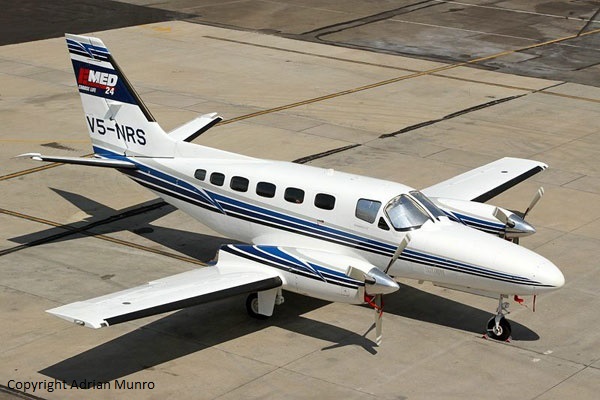
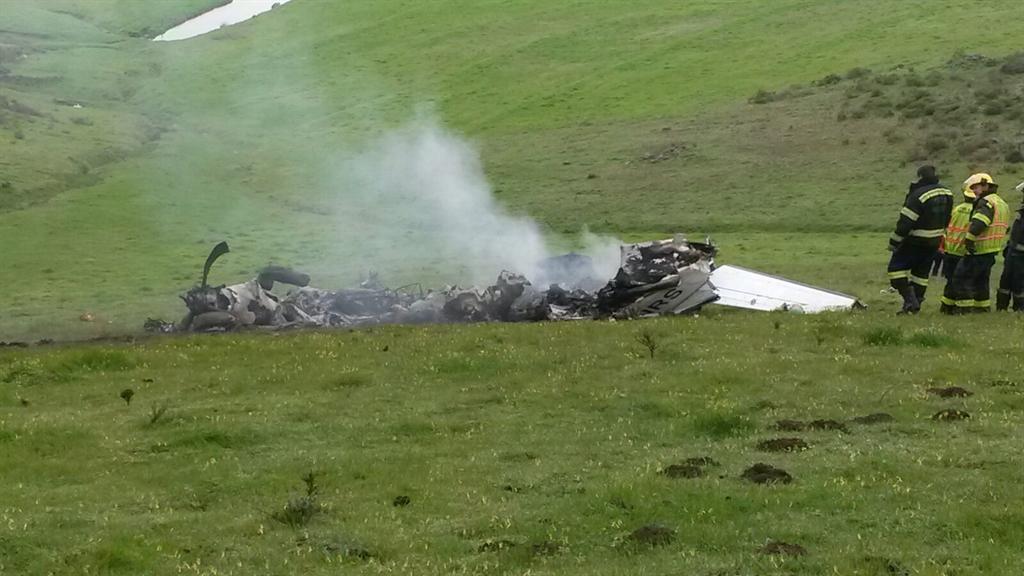
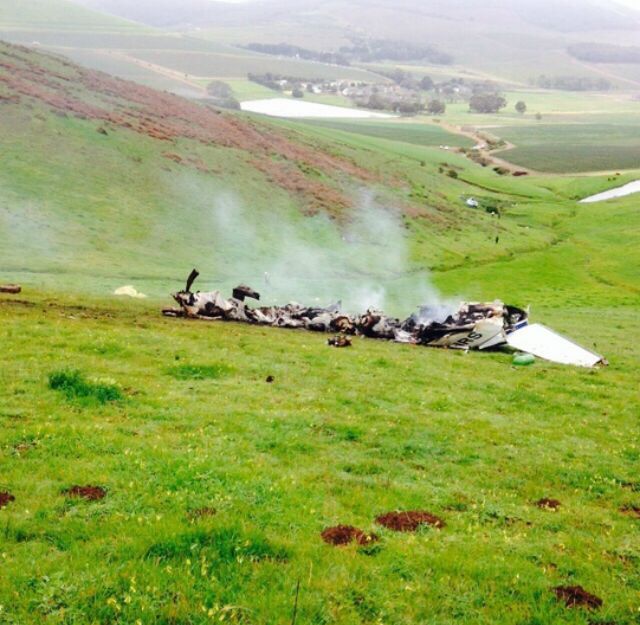
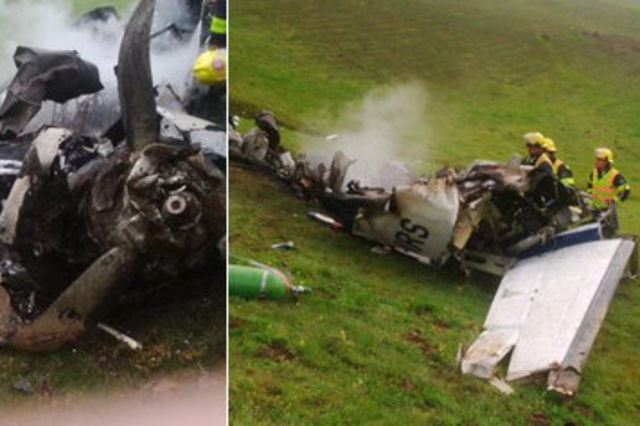
Crash of a Cessna 441 Conquest II near Cañaote: 3 killed
Date & Time:
Apr 1, 2015
Registration:
XB-KGS
Survivors:
No
MSN:
441-0232
YOM:
1982
Crew on board:
2
Crew fatalities:
Pax on board:
1
Pax fatalities:
Other fatalities:
Total fatalities:
3
Circumstances:
Crashed in unknown circumstances near Cañaote, State of Cojedes. The wreckage was found the following morning. The aircraft was destroyed, all three occupants were killed and a load of 999 kilos of cocaine was found among the debris.
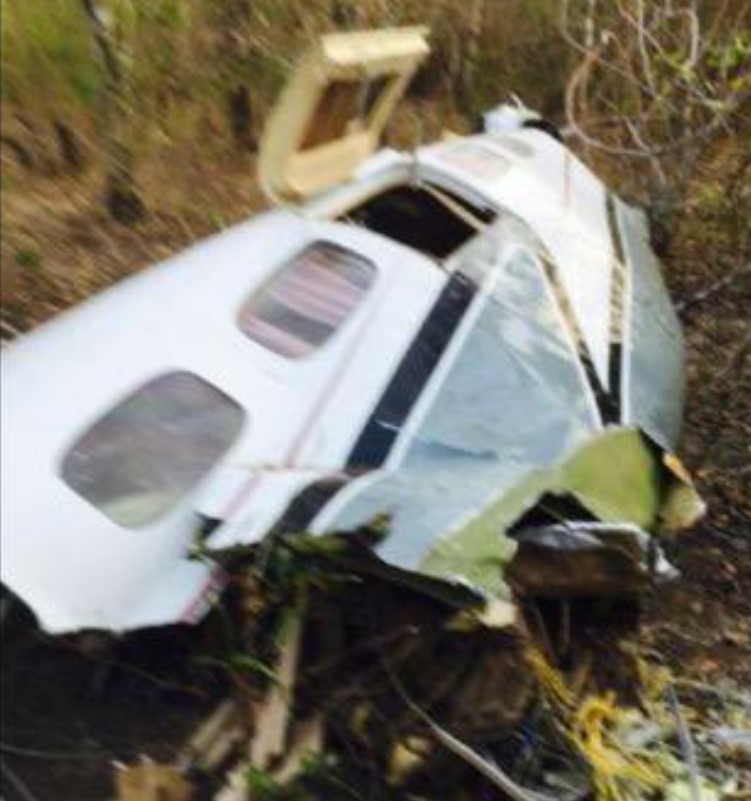
Crash of a Cessna 441 Conquest II in Denton: 1 killed
Date & Time:
Feb 4, 2015 at 2109 LT
Registration:
N441TG
Survivors:
No
Schedule:
Willmar - Denton
MSN:
441-200
YOM:
1981
Crew on board:
1
Crew fatalities:
Pax on board:
0
Pax fatalities:
Other fatalities:
Total fatalities:
1
Aircraft flight hours:
3830
Circumstances:
The instrument-rated commercial pilot was approaching the destination airport after a cross country flight in night instrument meteorological conditions. According to radar track data and air traffic control communications, while receiving radar vectors to the final approach course, the pilot did not always immediately comply with assigned headings and, on several occasions, allowed the airplane to descend below assigned altitudes. According to airplane performance calculations based on radar track and GPS data, the pilot made an engine power reduction about 2.5 minutes before the accident as he maneuvered toward the final approach fix. Following the engine power reduction, the airplane's airspeed decreased from 162 to 75 knots calibrated airspeed, and the angle of attack increased from 2.7° to 14°. About 4 miles from the final approach fix, the airplane descended below the specified minimum altitude for that segment of the instrument approach. The tower controller subsequently alerted the pilot of the airplane's low altitude, and the pilot replied that he would climb. At the time of the altitude alert, the airplane was 500 ft below the specified minimum altitude of 2,000 ft mean sea level. According to airplane performance calculations, 5 seconds after the tower controller told the pilot to check his altitude, the pilot made an abrupt elevator-up input that further decreased airspeed, and the airplane entered an aerodynamic stall. A witness saw the airplane abruptly transition from a straight-and-level flight attitude to a nose-down, steep left bank, vertical descent toward the ground, consistent with the stall. Additionally, a review of security camera footage established that the airplane had transitioned from a wings-level descent to a near vertical spiraling descent. A post accident examination of the airplane did not reveal any anomalies that would have precluded normal operation during the accident flight. Although the pilot had monocular vision following a childhood injury that resulted in very limited vision in his left eye, he had passed a medical flight test and received a Statement of Demonstrated Ability. The pilot had flown for several decades with monocular vision and, as such, his lack of binocular depth perception likely did not impede his ability to monitor the cockpit instrumentation during the accident flight. The pilot had recently purchased the airplane, and records indicated that he had obtained make and model specific training about 1 month before the accident and had flown the airplane about 10 hours before the accident flight. The pilot's instrument proficiency and night currency could not be determined from the available records; therefore, it could not be determined whether a lack of recent instrument or night experience contributed to the pilot's difficulty in maintaining control of the airplane.
Probable cause:
The pilot's failure to maintain adequate airspeed during the instrument approach in night instrument meteorological conditions, which resulted in the airplane exceeding its critical angle of attack and an aerodynamic stall/spin at a low altitude.
Final Report:
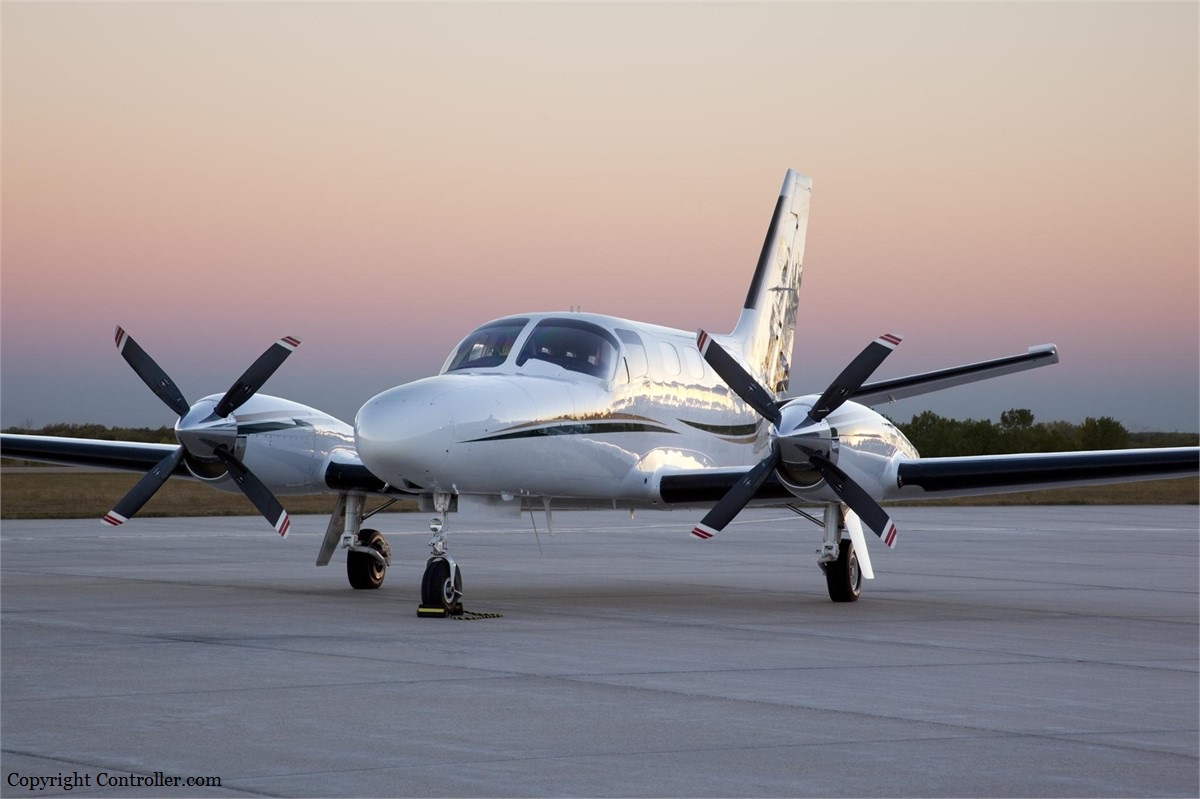
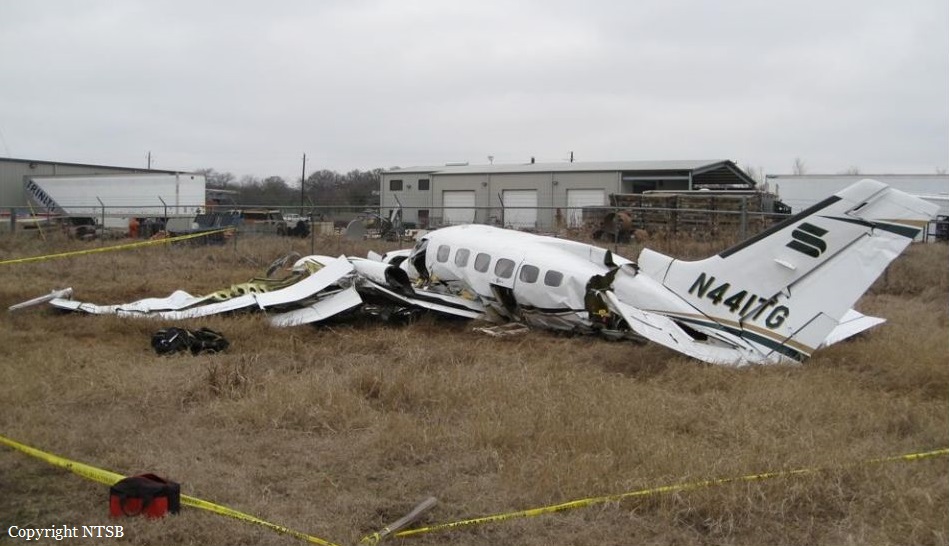
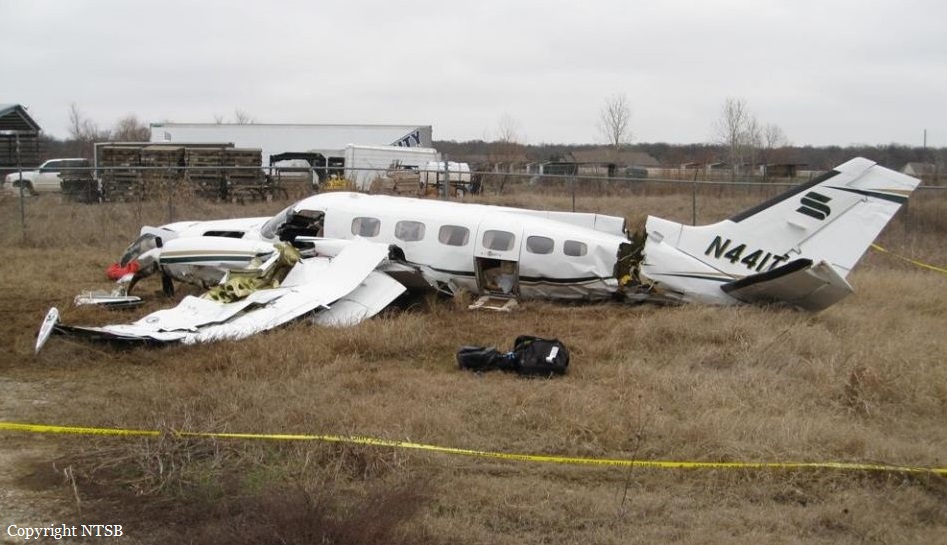
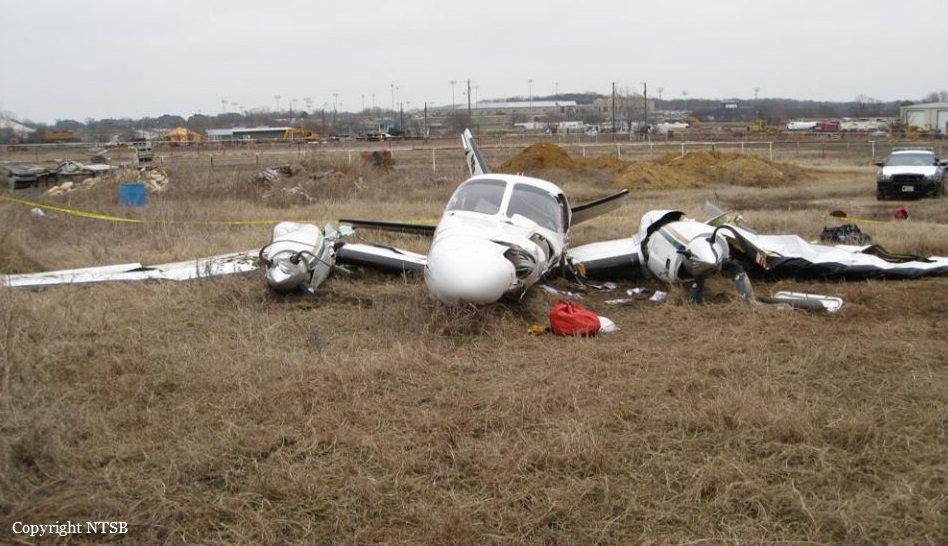
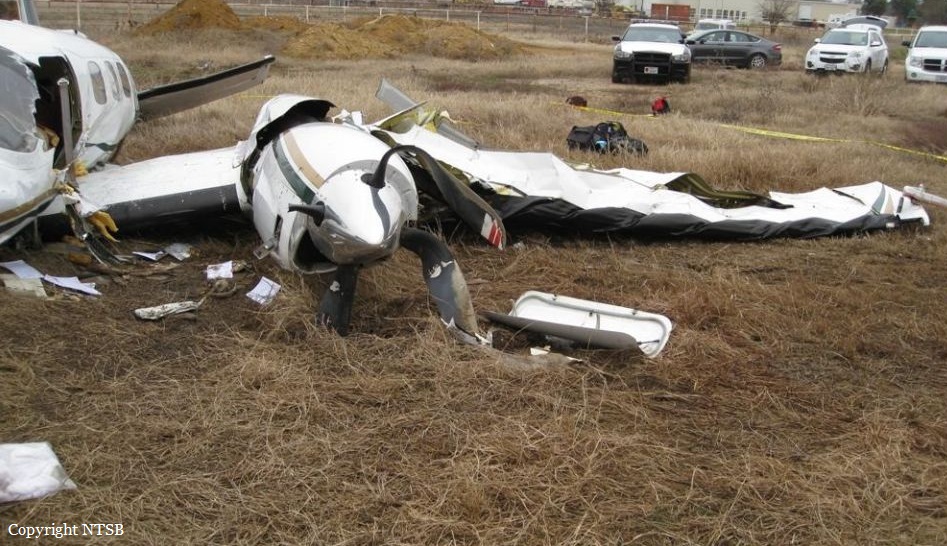
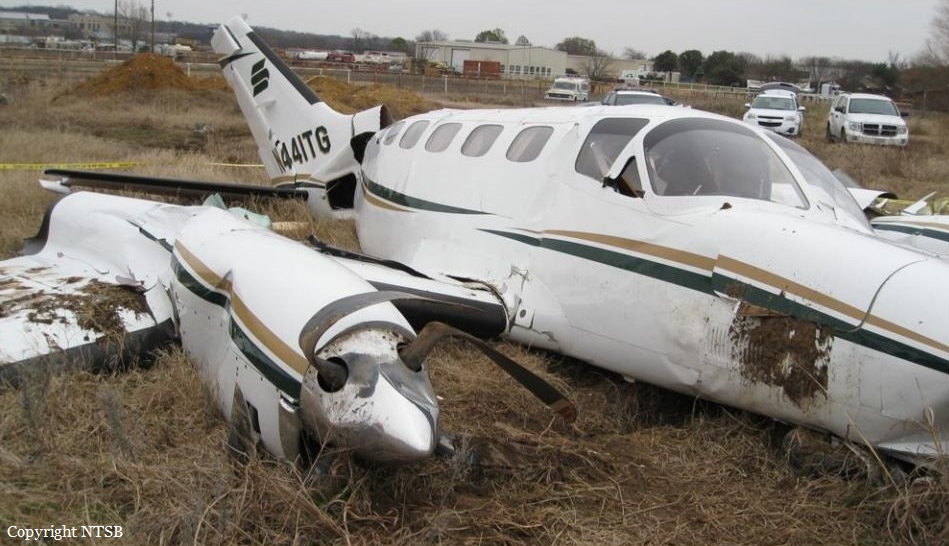
Crash of a Cessna 441 Conquest II in Battle Creek
Date & Time:
Mar 27, 2012 at 0730 LT
Registration:
N1212C
Survivors:
Yes
Schedule:
Muskegon - Aurora
MSN:
441-0346
YOM:
1984
Crew on board:
1
Crew fatalities:
Pax on board:
2
Pax fatalities:
Other fatalities:
Total fatalities:
0
Captain / Total hours on type:
13000.00
Aircraft flight hours:
12499
Circumstances:
After the pilot finished the preflight inspection in the hangar, the maintenance technician pulled the airplane out of the hangar and connected the auxiliary power cart to the airplane. Shortly thereafter, the pilot boarded the airplane and proceeded with the normal checklist. The pilot signaled to the maintenance technician to disconnect the power cart. The maintenance technician subsequently signaled that the pilot was clear to start the engines. After departure, the pilot noted a problem with the landing gear, and, after establishing that the tow bar was, most likely, still attached to the nosewheel, he diverted to a nearby airport for a precautionary landing. During the landing, the nose landing gear collapsed and the primary structure in the nose of the airplane was substantially damaged.
Probable cause:
The maintenance technician did not remove the tow bar prior to the flight.
Final Report:
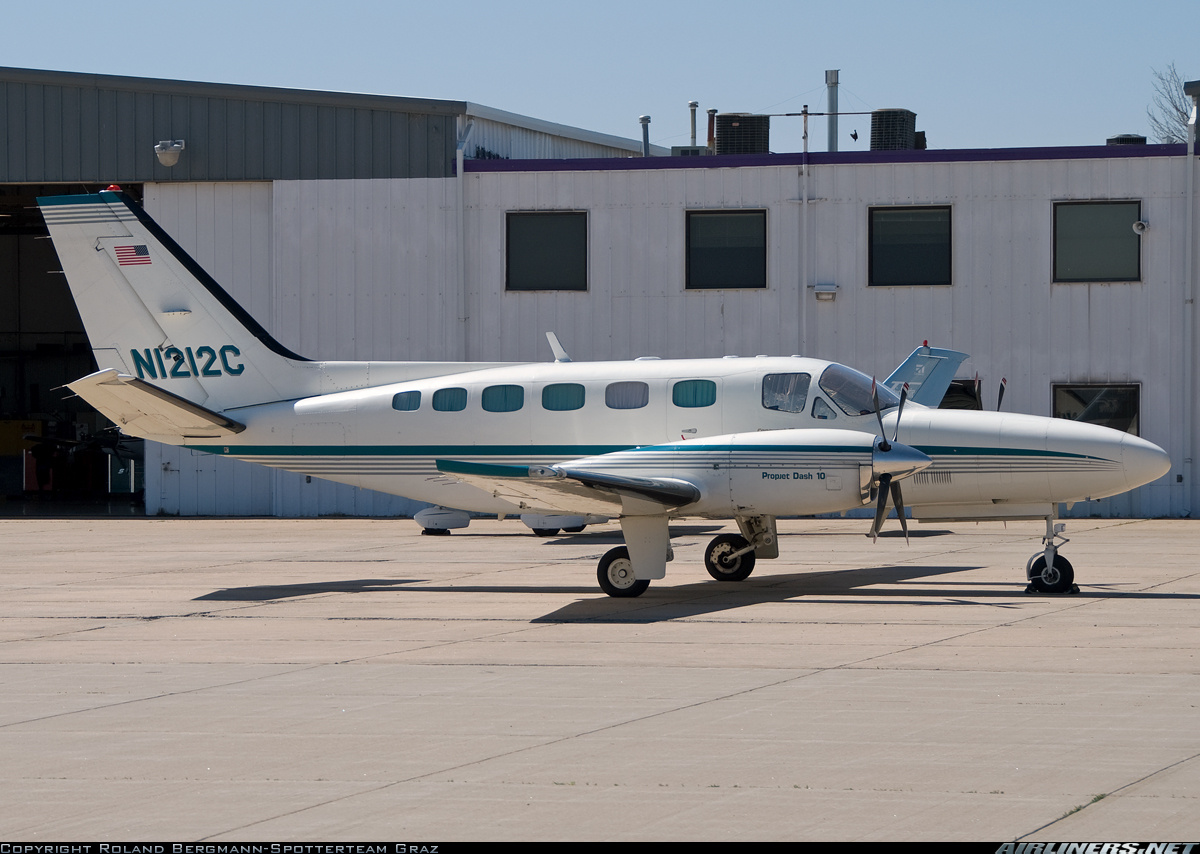

Crash of a Cessna 441 Conquest in York: 1 killed
Date & Time:
Dec 22, 2011 at 1725 LT
Registration:
N48BS
Survivors:
No
Schedule:
Long Beach - York
MSN:
441-0125
YOM:
1980
Crew on board:
1
Crew fatalities:
Pax on board:
0
Pax fatalities:
Other fatalities:
Total fatalities:
1
Captain / Total hours on type:
502.00
Aircraft flight hours:
5995
Circumstances:
Toward the end of a 6 hour, 20 minute flight, during a night visual approach, the pilot flew the airplane to a left traffic pattern downwind leg. At some point, he lowered the landing gear and set the flaps to 30 degrees. He turned the airplane to a left base leg, and after doing so, was heard on the common traffic frequency stating that he had an "engine out." The airplane then passed through the final leg course, the pilot called "base to final," and the airplane commenced a right turn while maintaining altitude. The angle of bank was then observed to increase to where the airplane's wings became vertical, then inverted, and the airplane rolled into a near-vertical descent, hitting the ground upright in a right spin. Subsequent examination of the airplane and engines revealed that the right engine was not powered at impact, and the propeller from that engine was not in feather. No mechanical anomalies could be found with the engine that could have resulted in its failure. The right fuel tank was breeched; however, fuel calculations, confirmed by some fuel found in the right fuel tank as well as fuel found in the engine fuel filter housing, indicated that fuel exhaustion did not occur. Unknown is why the pilot did not continue through a left turn descent onto the final approach leg toward airport, which would also have been a turn toward the operating engine. The pilot had a communication device capable of voice calls, texting, e-mail and alarms, among other functions. E-mails were sent by the device until 0323, and an alarm sounded at 0920. It is unknown if or how much pilot fatigue might have influenced the outcome.
Probable cause:
The pilot's failure to maintain minimum control airspeed after a loss of power to the right engine, which resulted in an uncontrollable roll into an inadvertent stall/spin. Contributing to the accident was the failure of the airplane's right engine for reasons that could not be determined because no preexisting mechanical anomalies were found, and the pilot's subsequent turn toward that inoperative engine while maintaining altitude.
Final Report:
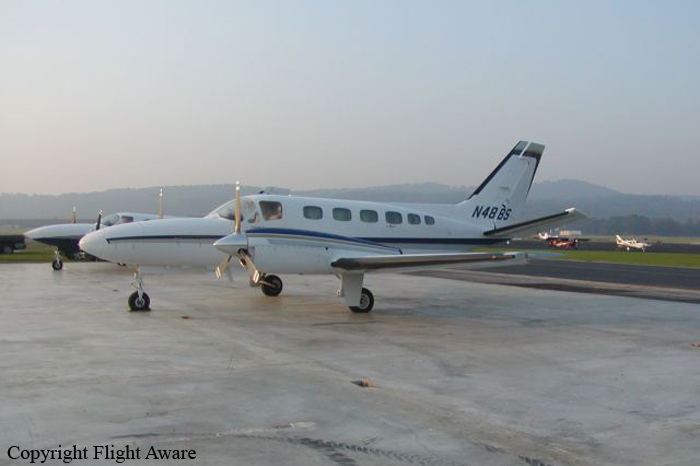
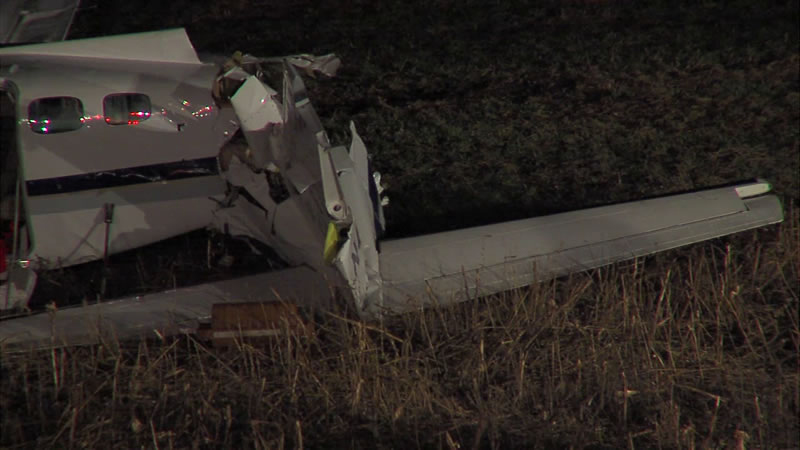
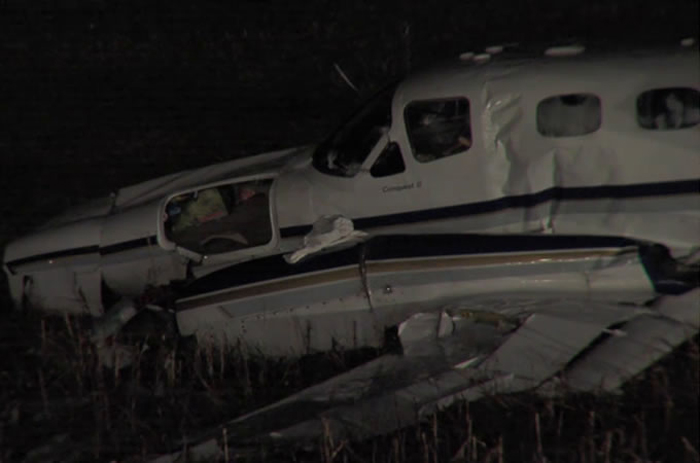
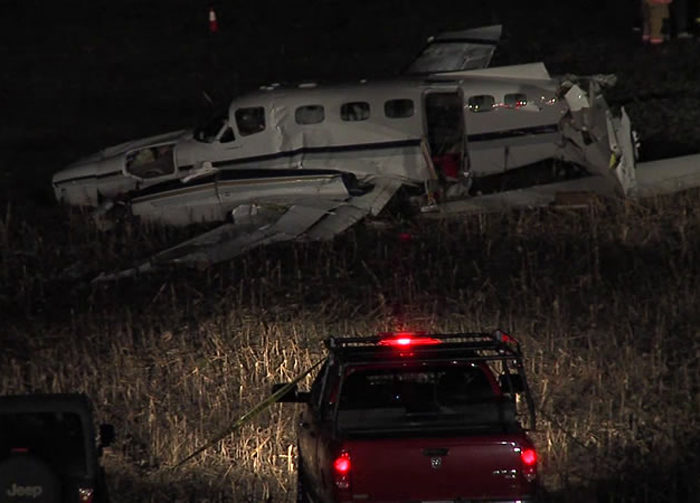
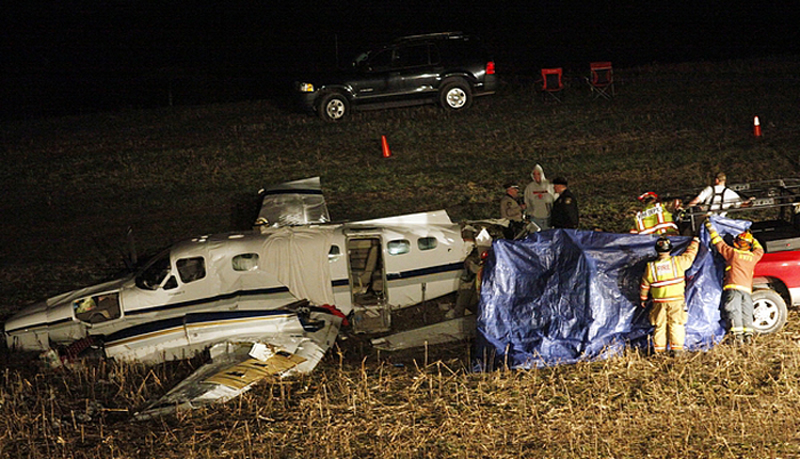
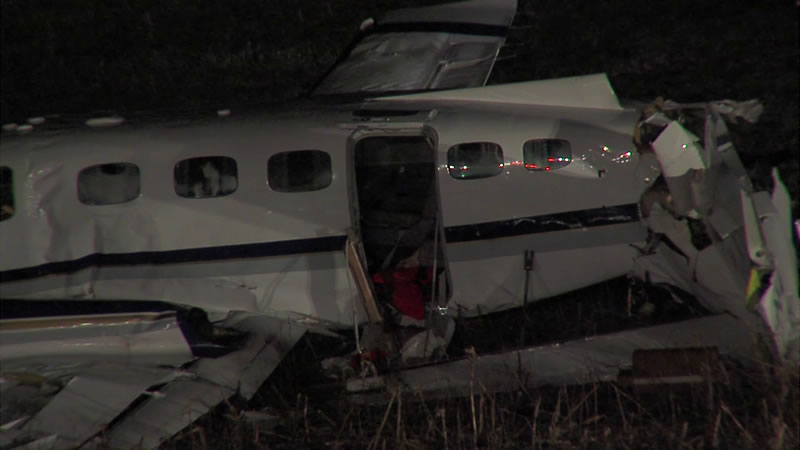
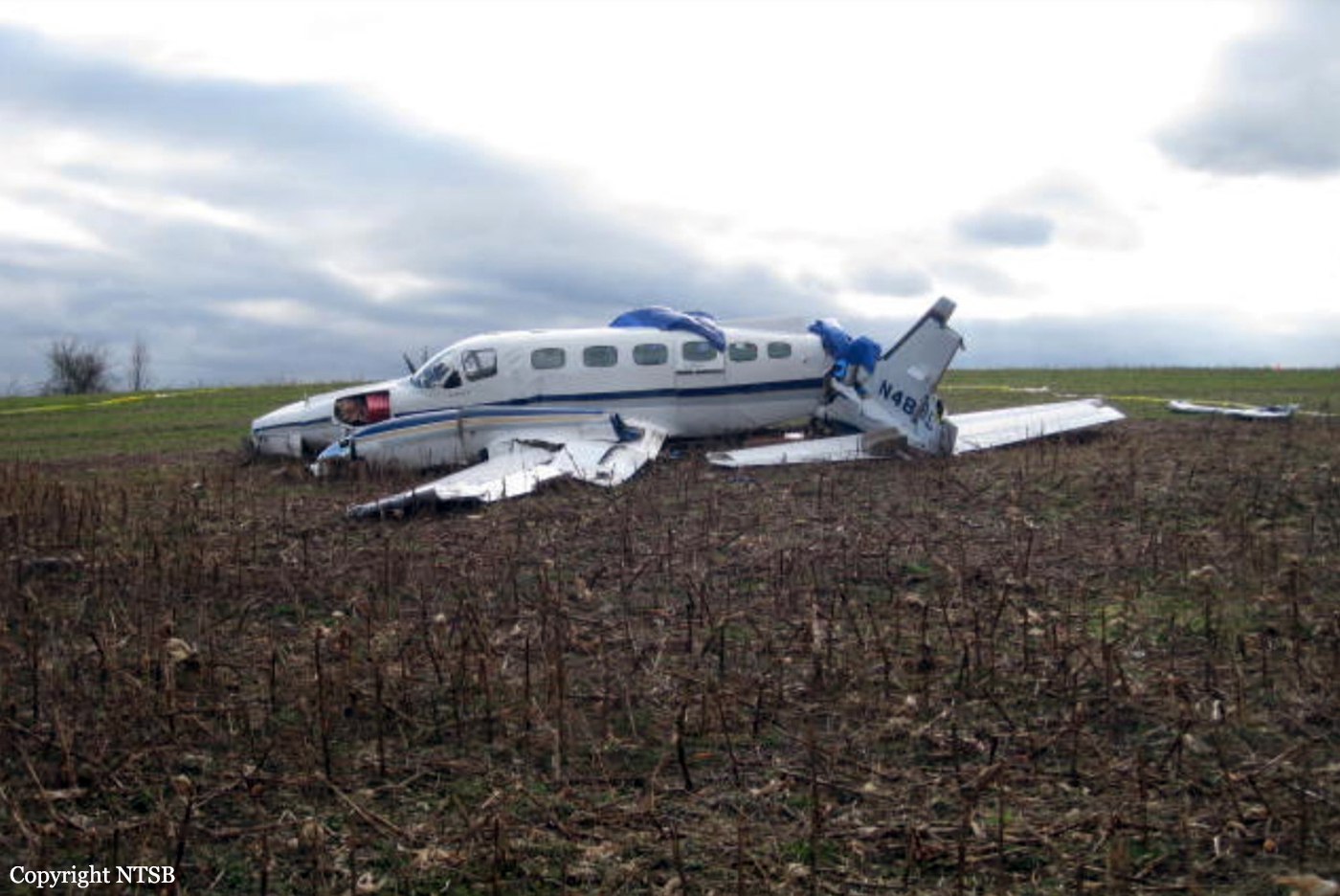
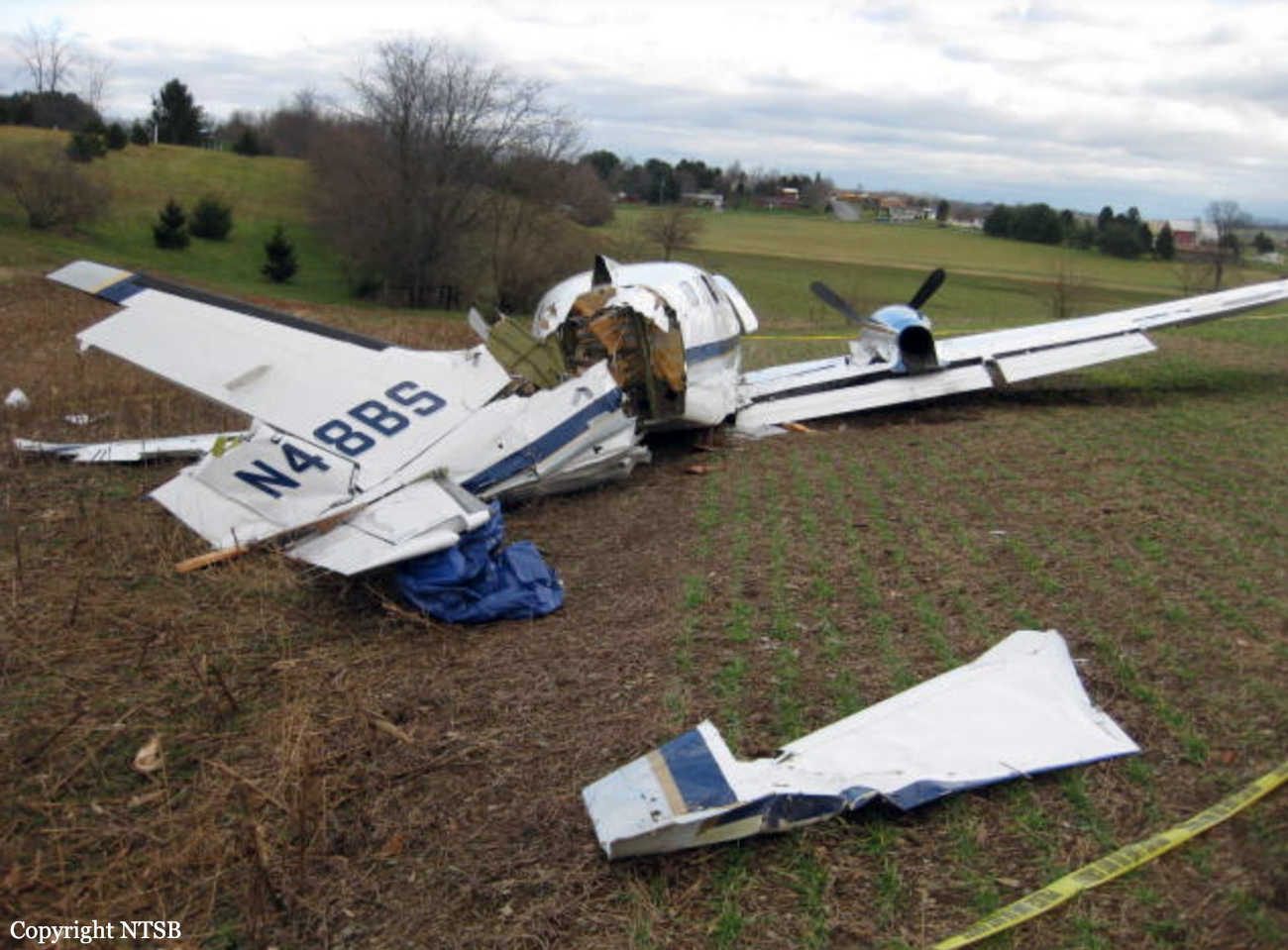
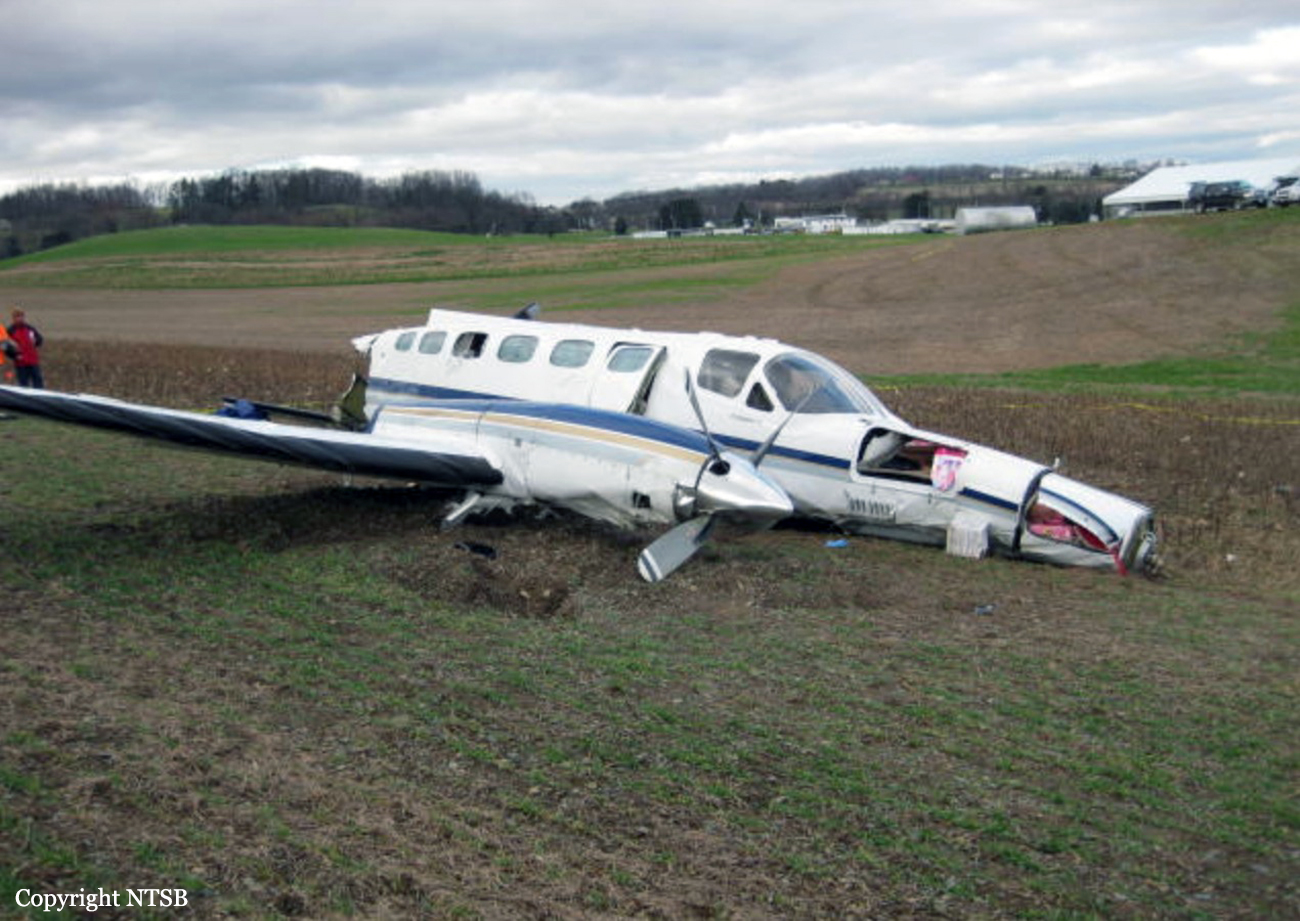
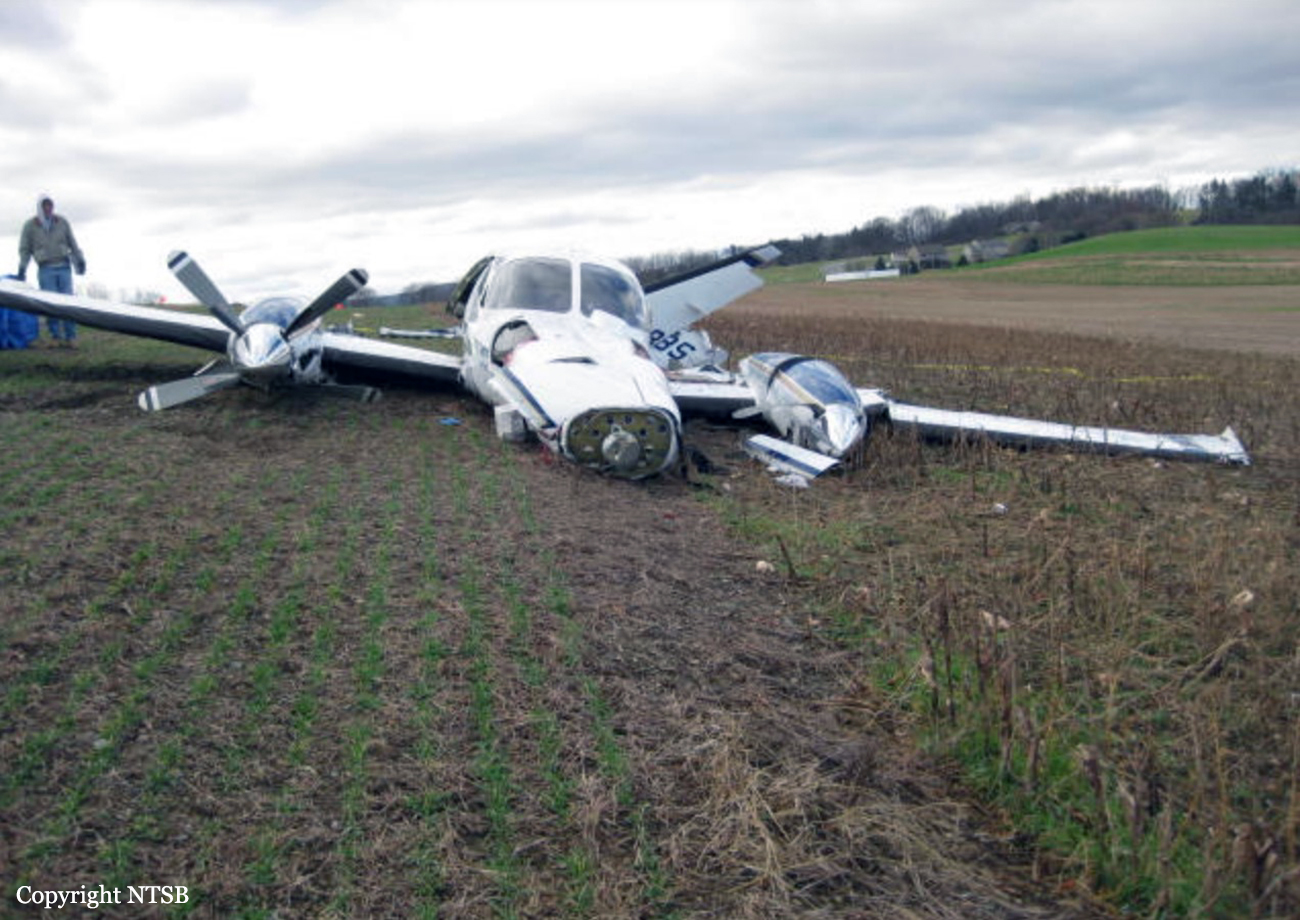
Crash of a Cessna 441 Conquest in Sunriver: 1 killed
Date & Time:
Jul 16, 2008 at 1015 LT
Registration:
N441HK
Survivors:
No
Schedule:
Bakersfield - Sunriver
MSN:
441-0336
YOM:
1984
Crew on board:
1
Crew fatalities:
Pax on board:
0
Pax fatalities:
Other fatalities:
Total fatalities:
1
Captain / Total hours on type:
277.00
Aircraft flight hours:
5643
Circumstances:
The pilot was executing a day visual flight rules full-stop landing and touched down on the main landing gear near the approach end of the runway. Soon after the initial touchdown, the airplane became airborne again. Instead of initiating a go-around, the pilot attempted to continue the landing sequence. During that attempt, the airplane bounced on the runway three or four times, each time the rebound back into the air and the runway contact was more severe. During the last contact the airplane impacted the runway with sufficient force to result in the failure of the right main landing gear actuator rod, and in the right propeller contacting the runway surface multiple times. The pilot then initiated a go-around, but since the right engine had failed due to the multiple propeller strikes, the airplane produced asymmetrical thrust and began to roll to the right, veering off the right side of the runway. Soon thereafter its right wing collided with a tree and the airplane impacted terrain in an open field. The airplane was consumed by fire shortly after the collision. Post crash inspection found no evidence of mechanical failure or malfunction with the airframe or either engine.
Probable cause:
The pilot's misjudged landing flare and improper recovery from a bounced landing, and the pilot's failure to maintain directional control during the go-around after one of the airplane's propellers struck the runway.
Final Report:
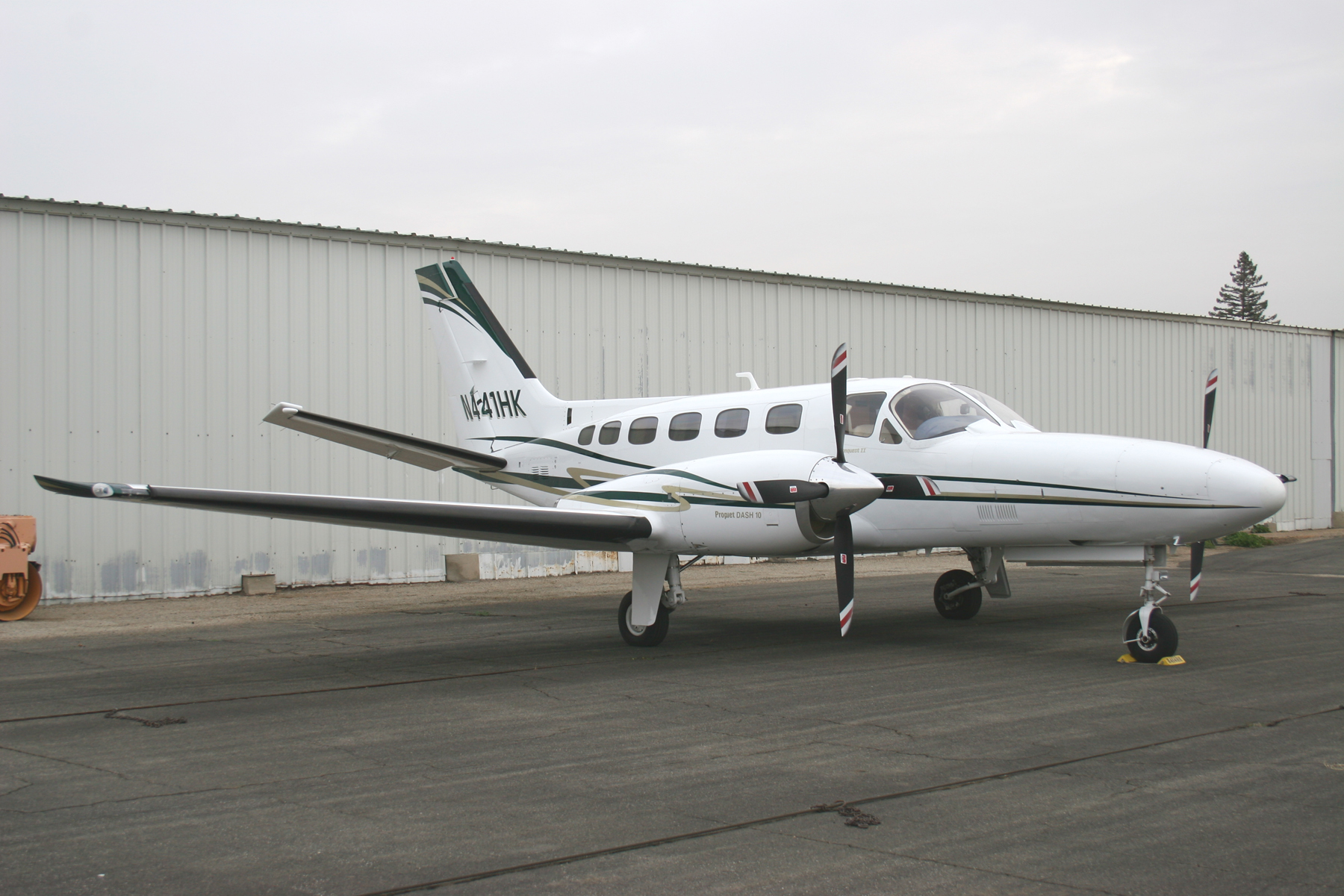
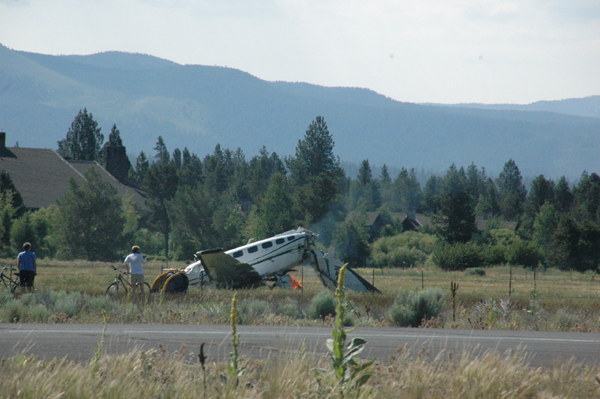
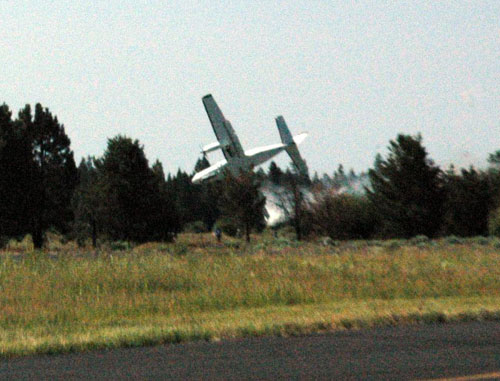
Crash of a Cessna 441 Conquest in Anchorage
Date & Time:
Aug 28, 2005 at 2129 LT
Registration:
N77SA
Survivors:
Yes
Schedule:
Cordova - Anchorage
MSN:
441-0329
YOM:
1983
Crew on board:
1
Crew fatalities:
Pax on board:
1
Pax fatalities:
Other fatalities:
Total fatalities:
0
Captain / Total hours on type:
50.00
Aircraft flight hours:
11049
Circumstances:
The airline transport pilot was landing a retractable landing gear-equipped turboprop airplane on a 10,900 foot long, by 150 foot wide paved runway. According to the pilot, while on approach to land, he selected 10 degrees of wing flaps, and then selected the landing gear selector switch to the down position, which was followed by "three greens", indicating the landing gear was down, locked, and safe for landing. He said that after touchdown, during the initial landing roll, the landing gear retracted, and the airplane slid on the underside of the fuselage. The airplane veered to the right of the runway centerline, and the right wing collided with numerous runway edge lights. A post crash fire ensued when the right wing's fuel tank was breached. The airplane received structural damage to the underside of the fuselage, and the right wing was destroyed. Propeller strike marks originated in the vicinity of the accident airplane's touchdown point, and extended to the airplane's final resting point, about 2,200 feet from initial contact. A postaccident inspection of the airplane by the IIC and another NTSB air safety investigator, disclosed no evidence of any pre accident mechanical malfunction of the landing gear assembly or its associated operating systems. The airplane was placed on jack stands and hydraulic pressure was supplied to the airplane's hydraulic system using a hydraulic ground power unit. The airplane's landing gear retraction system was cycled numerous times, with no mechanical anomalies noted.
Probable cause:
The pilot's failure to lower the airplane's landing gear during landing, which resulted in an inadvertent wheels up landing.
Final Report:



